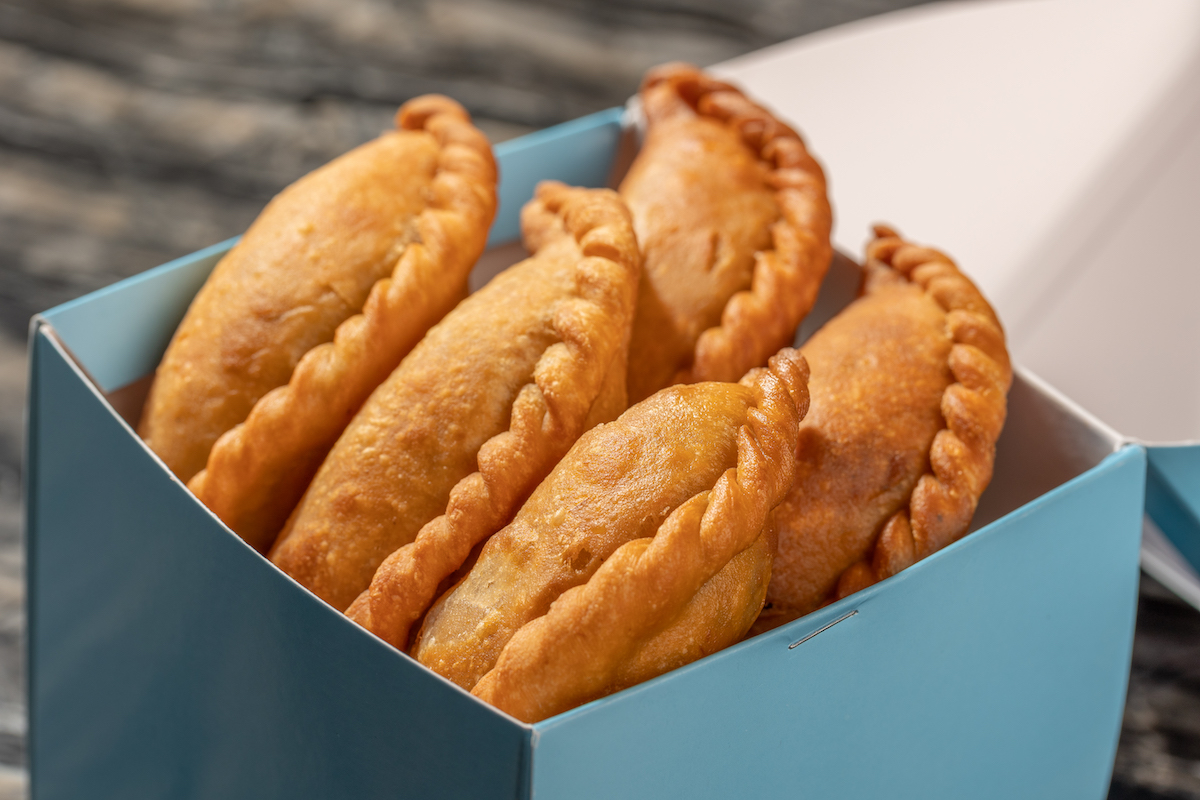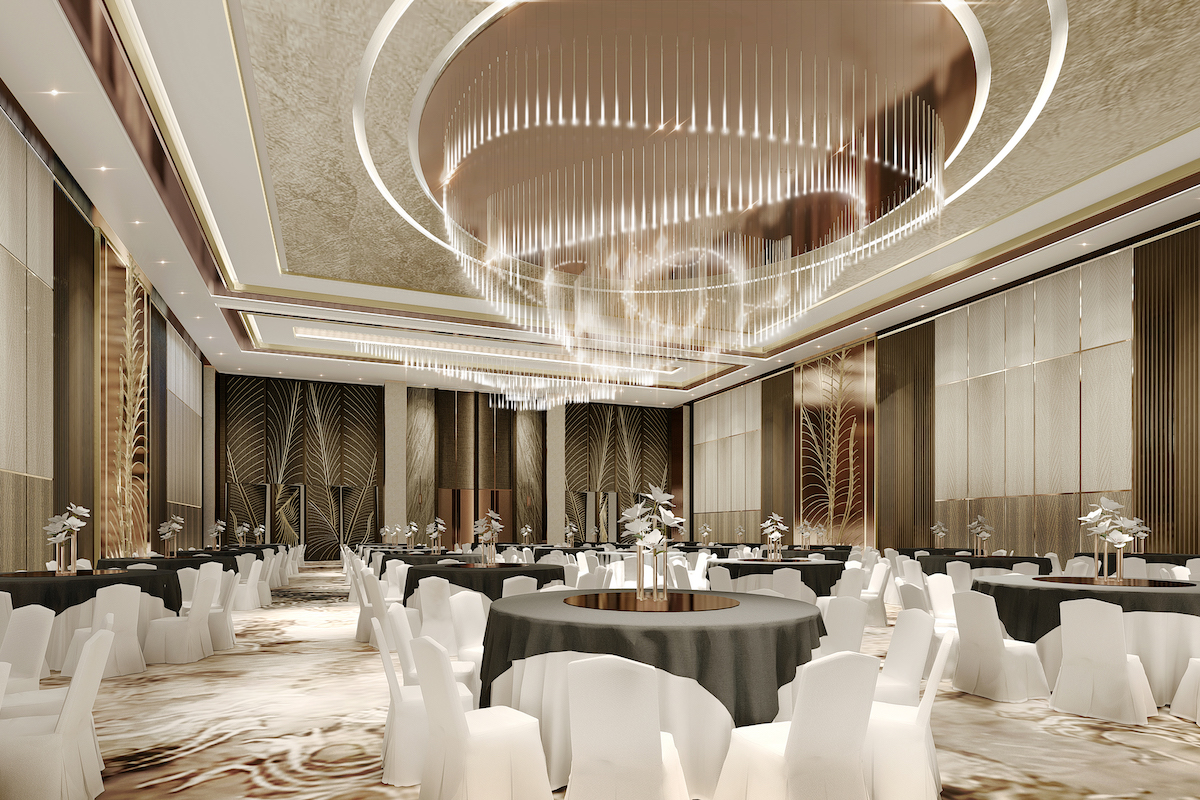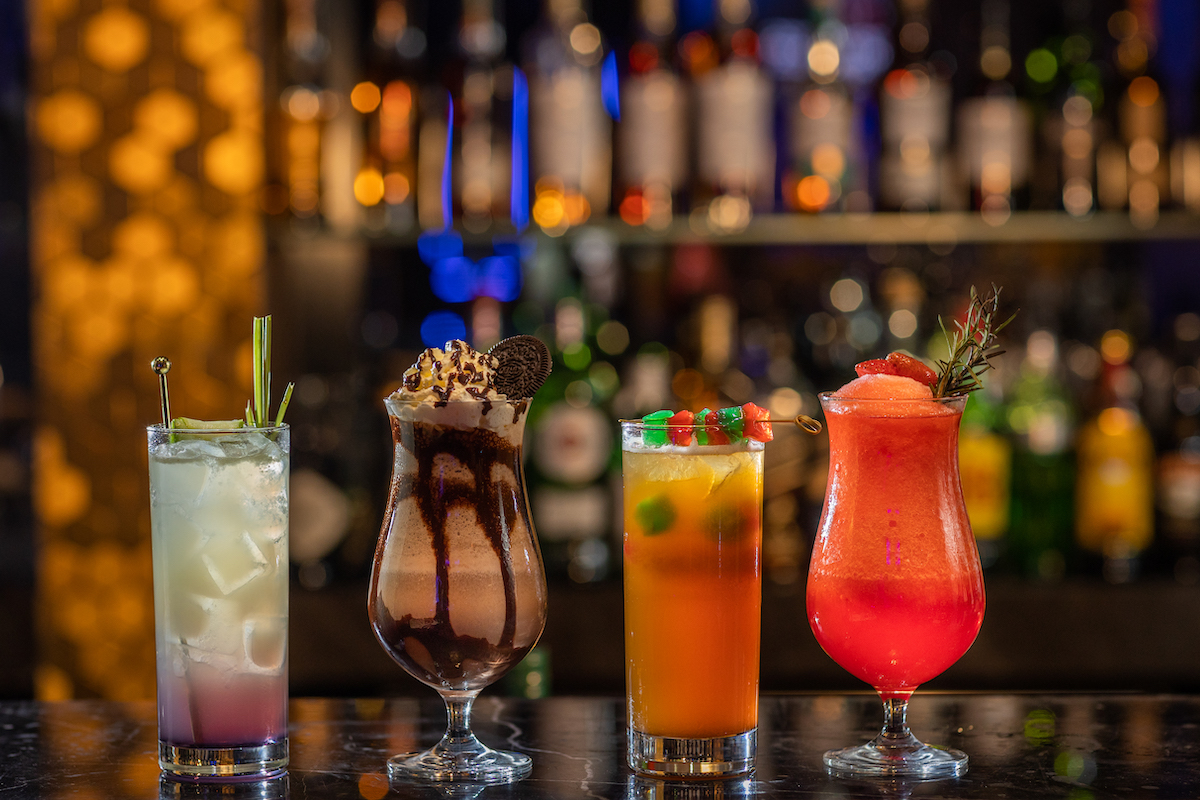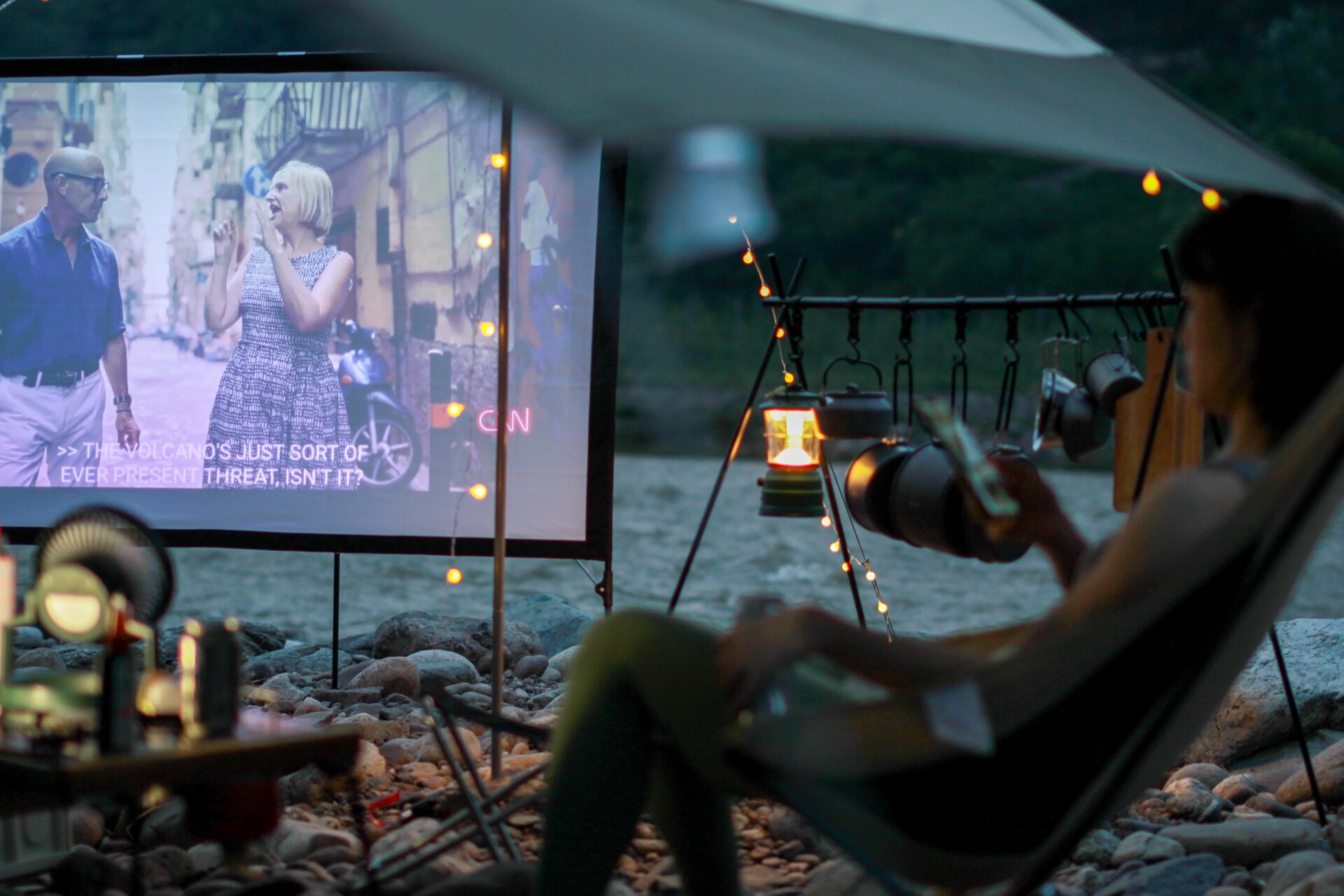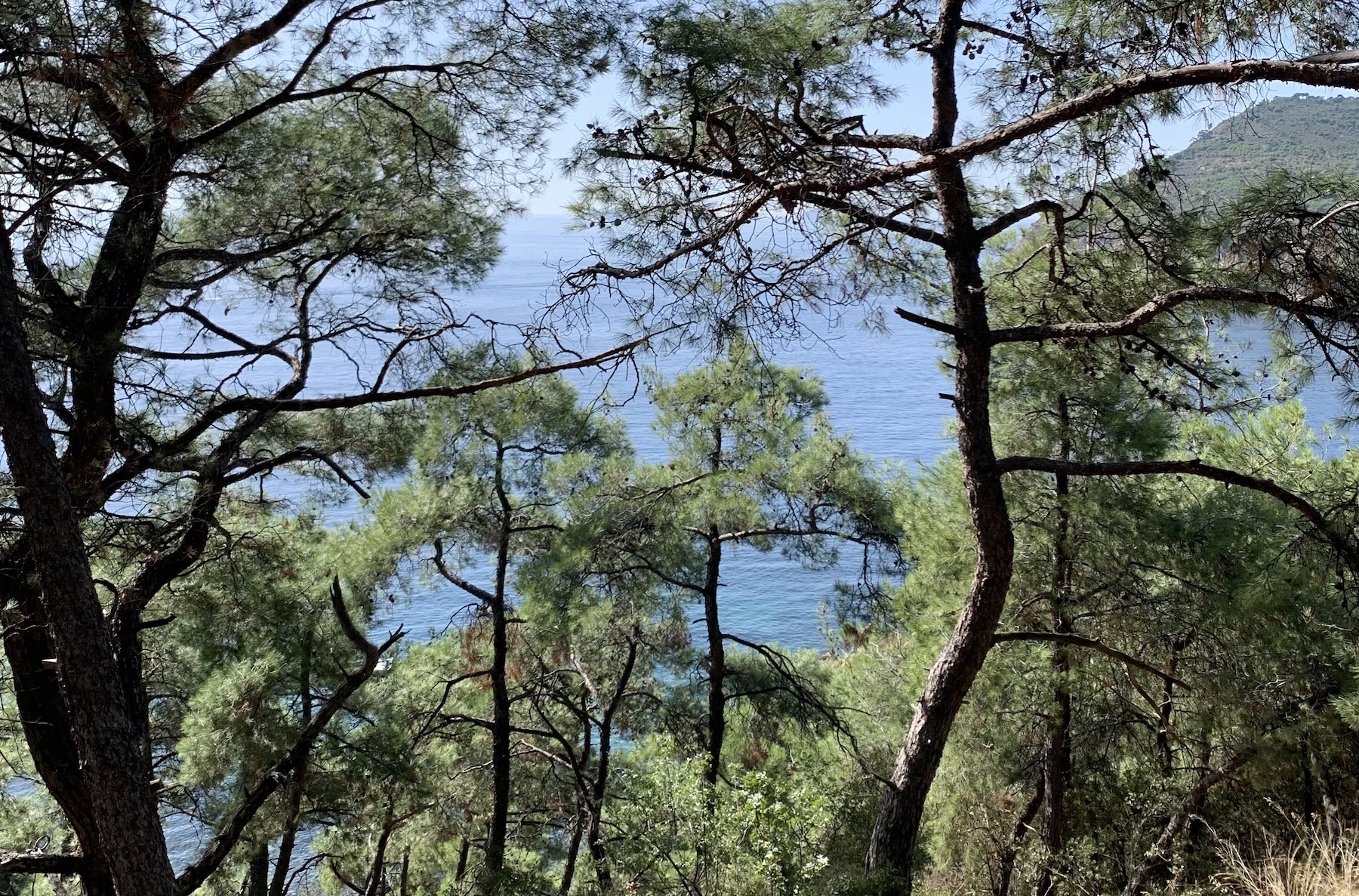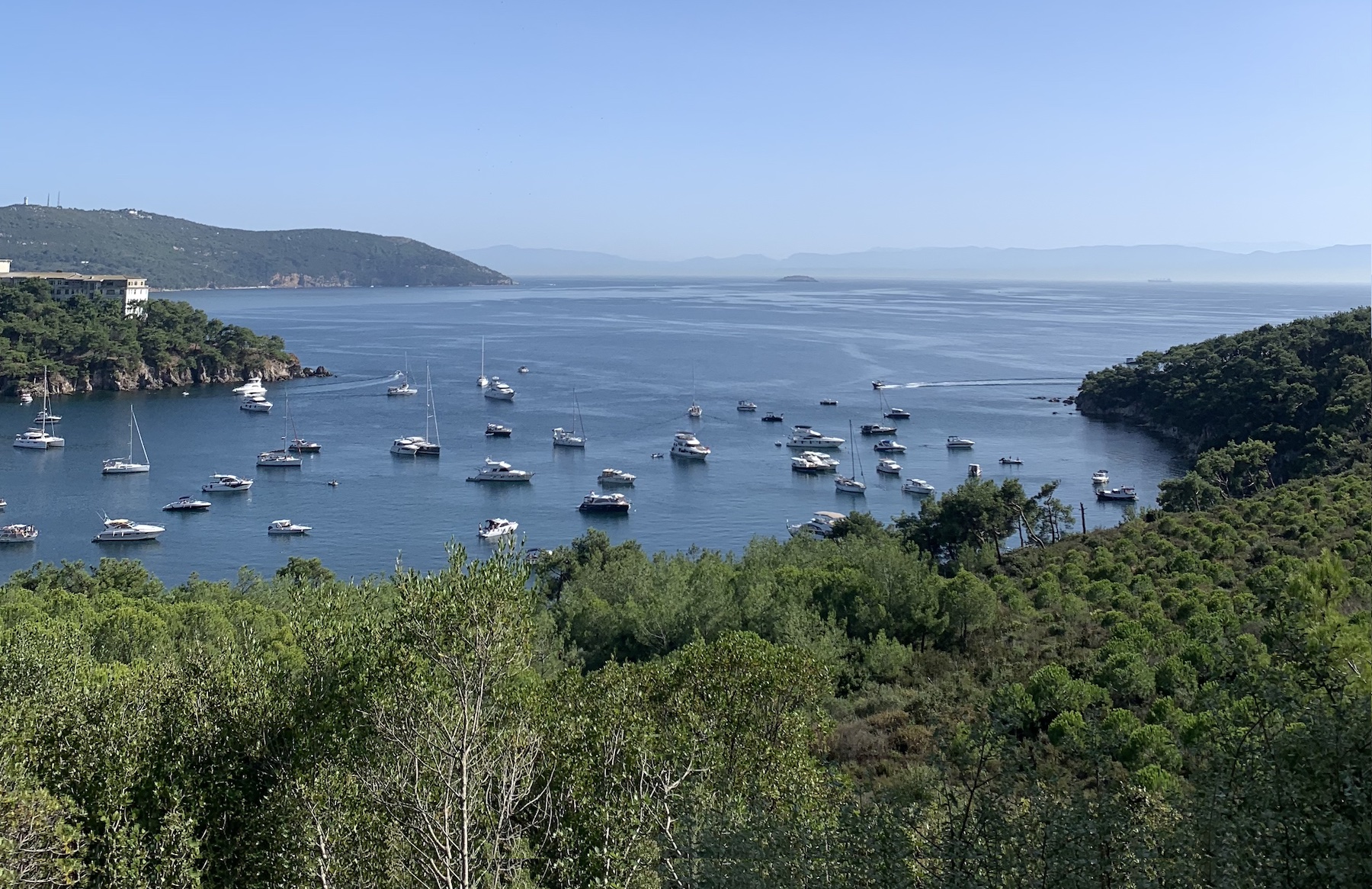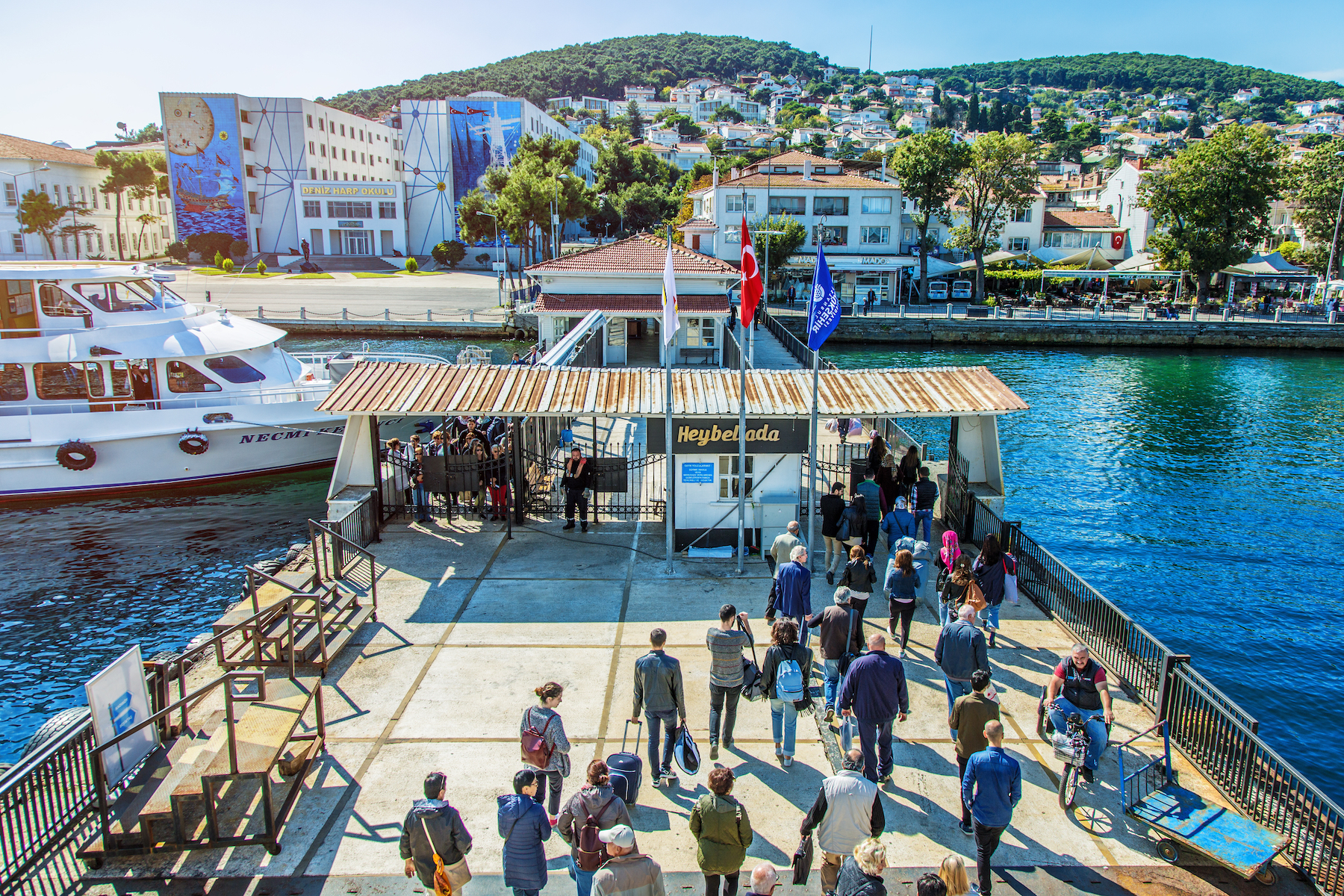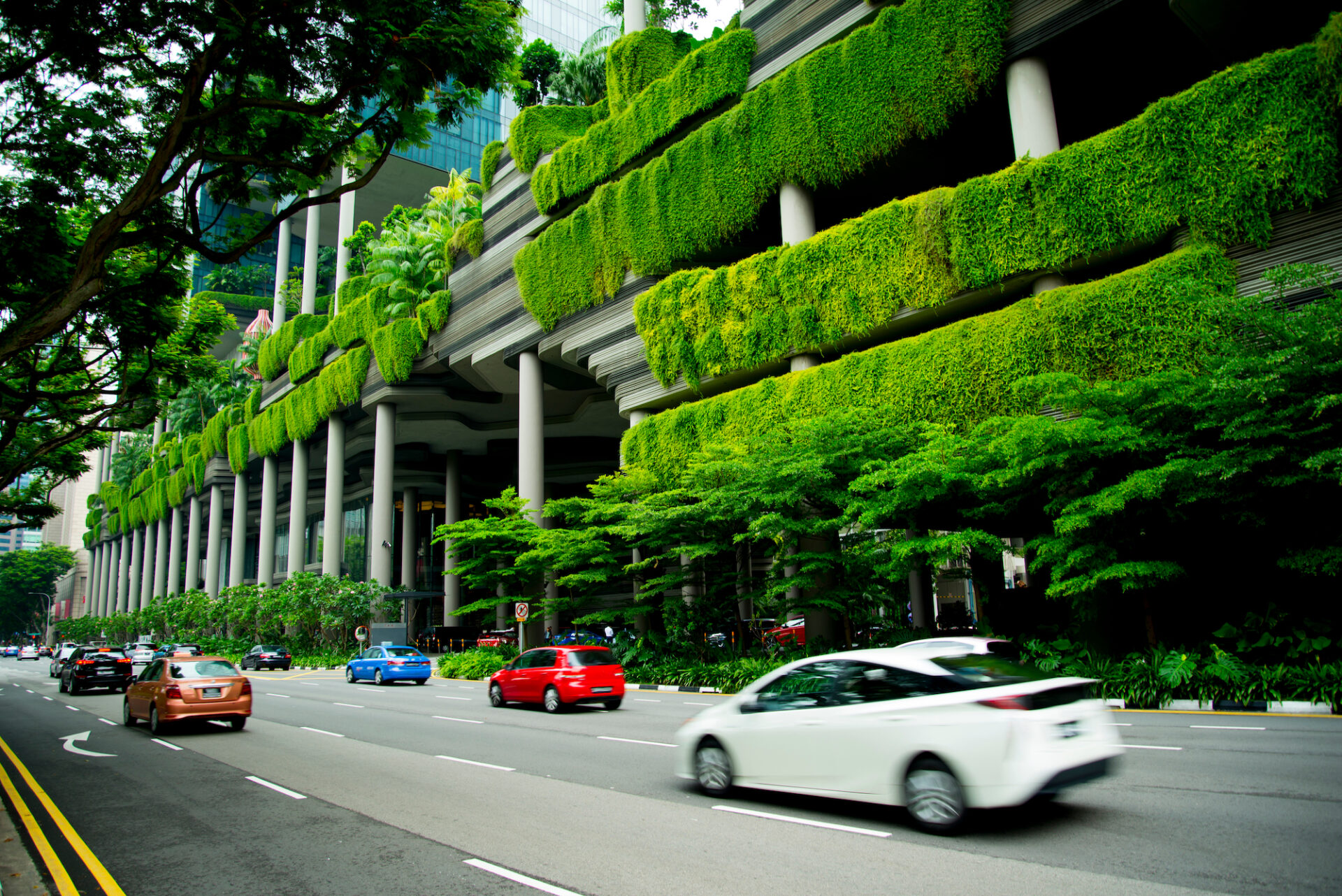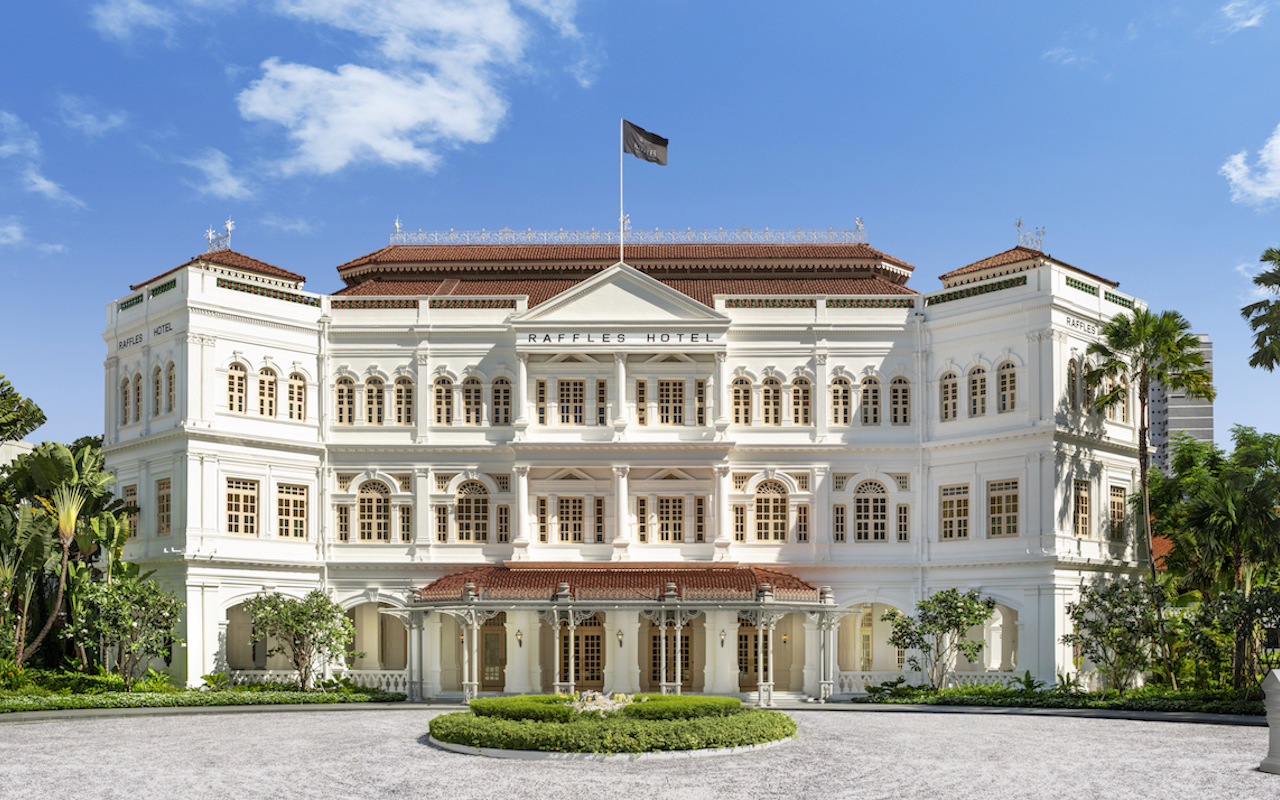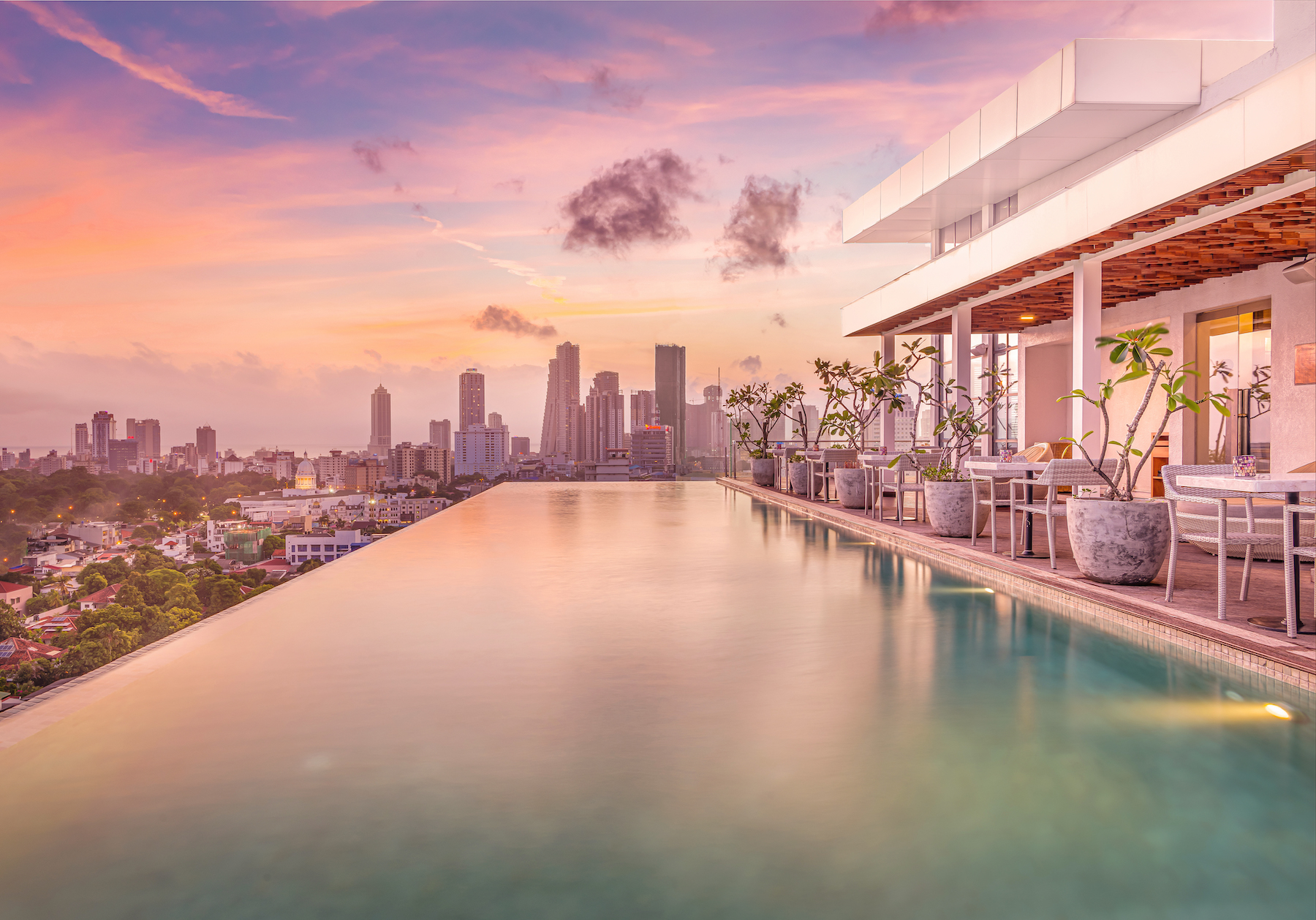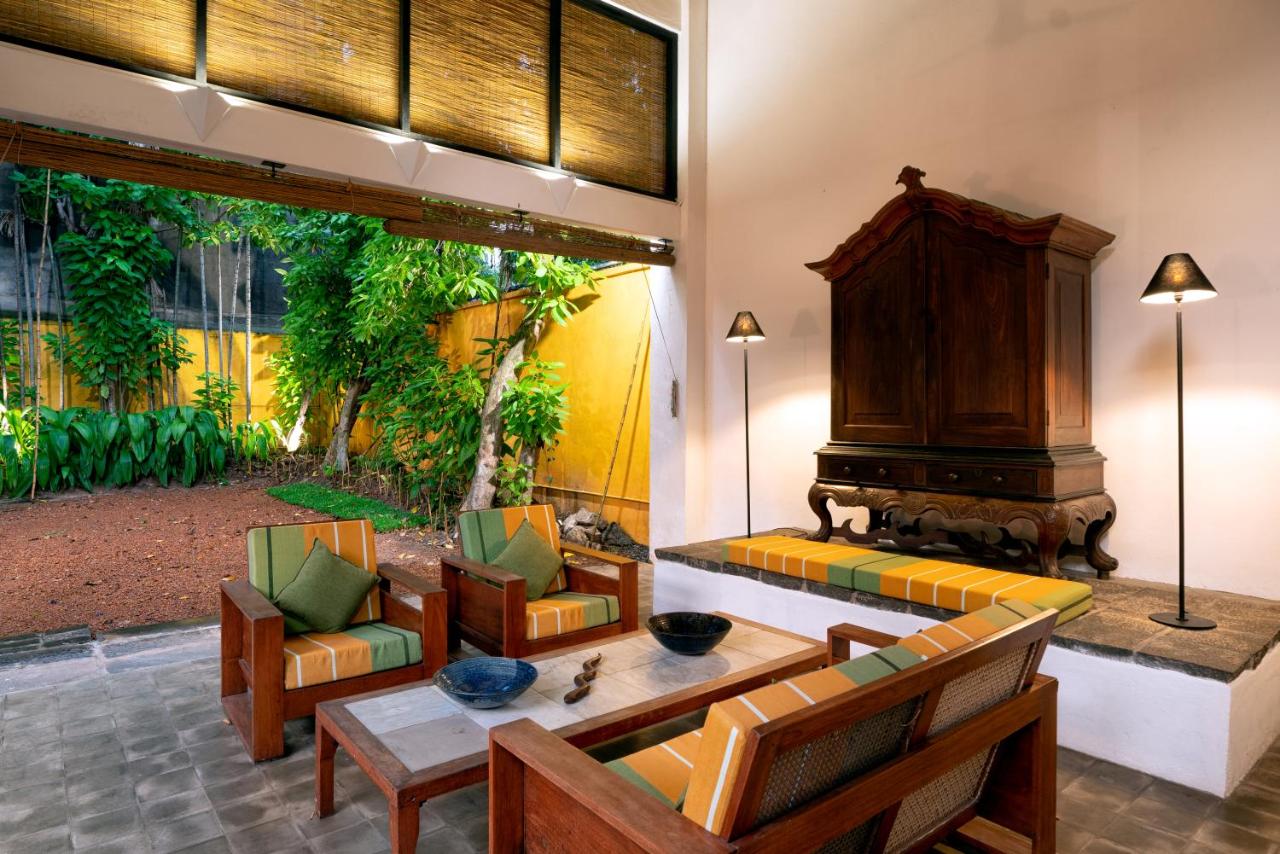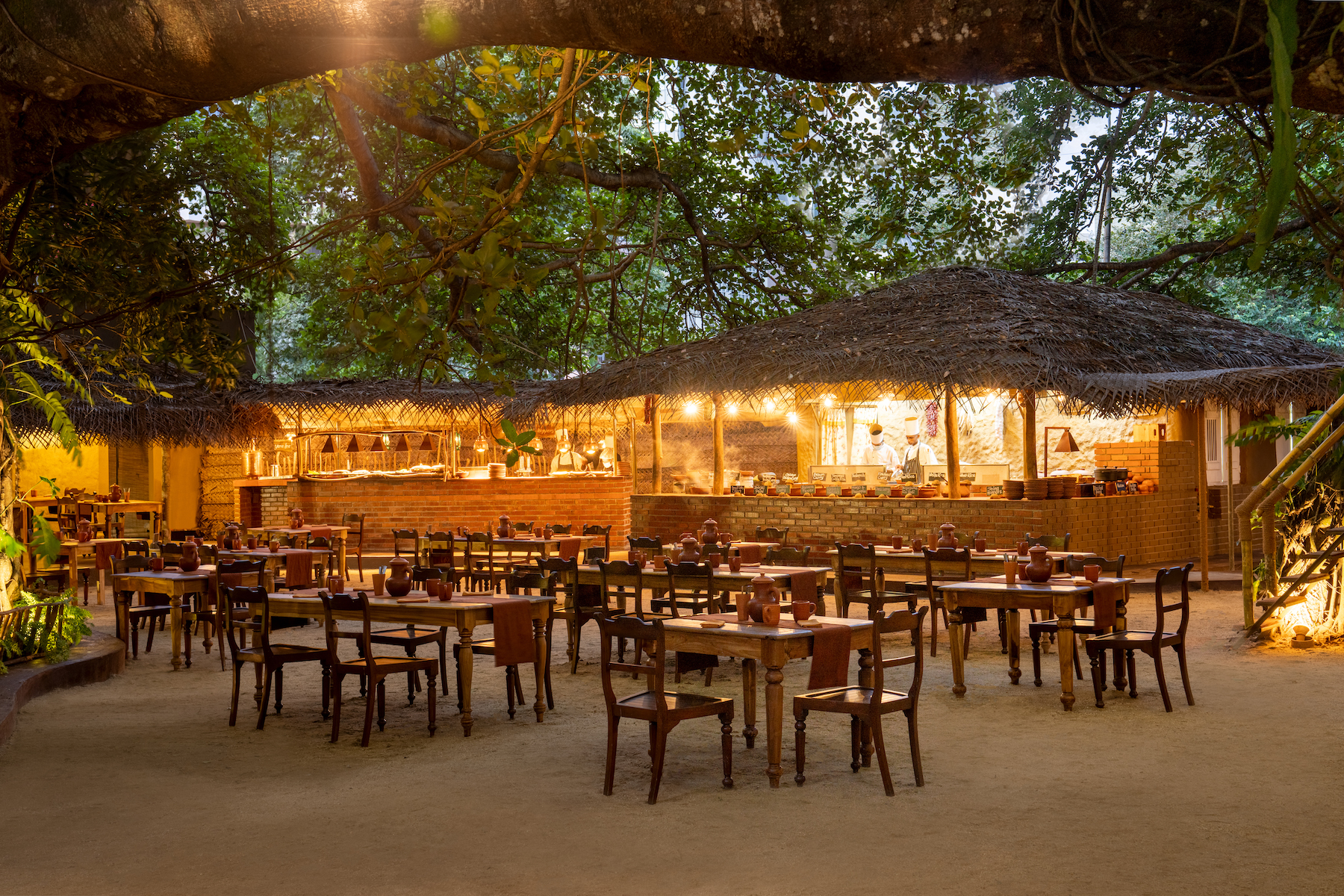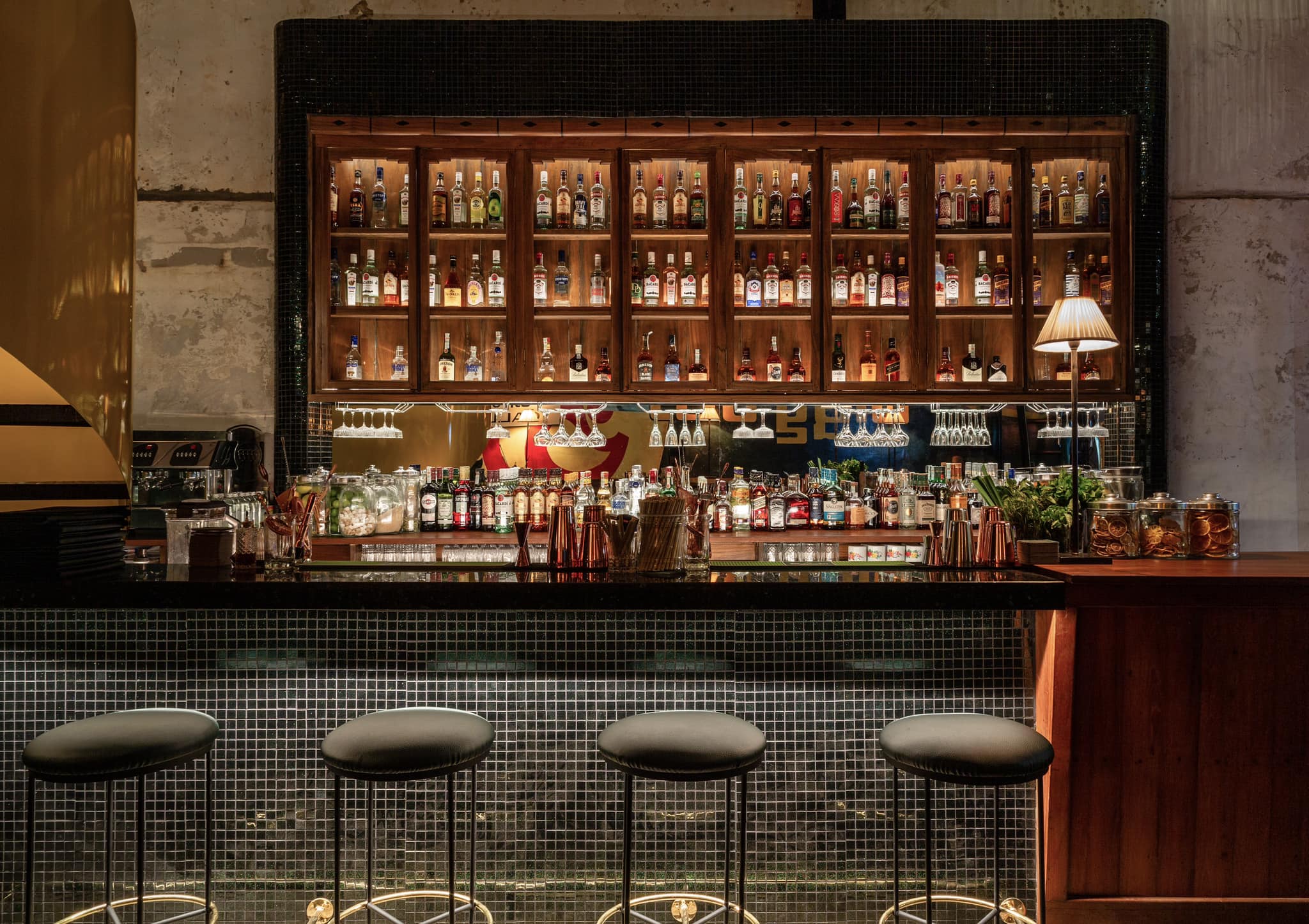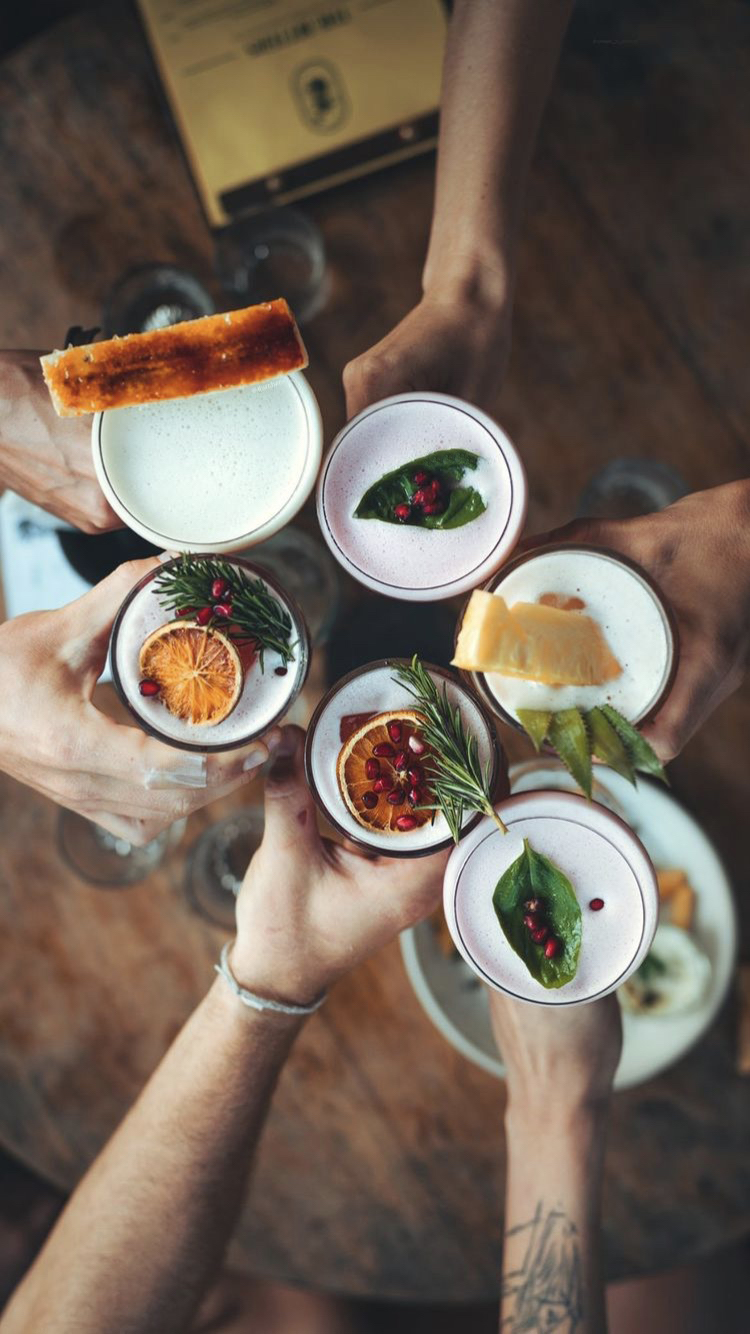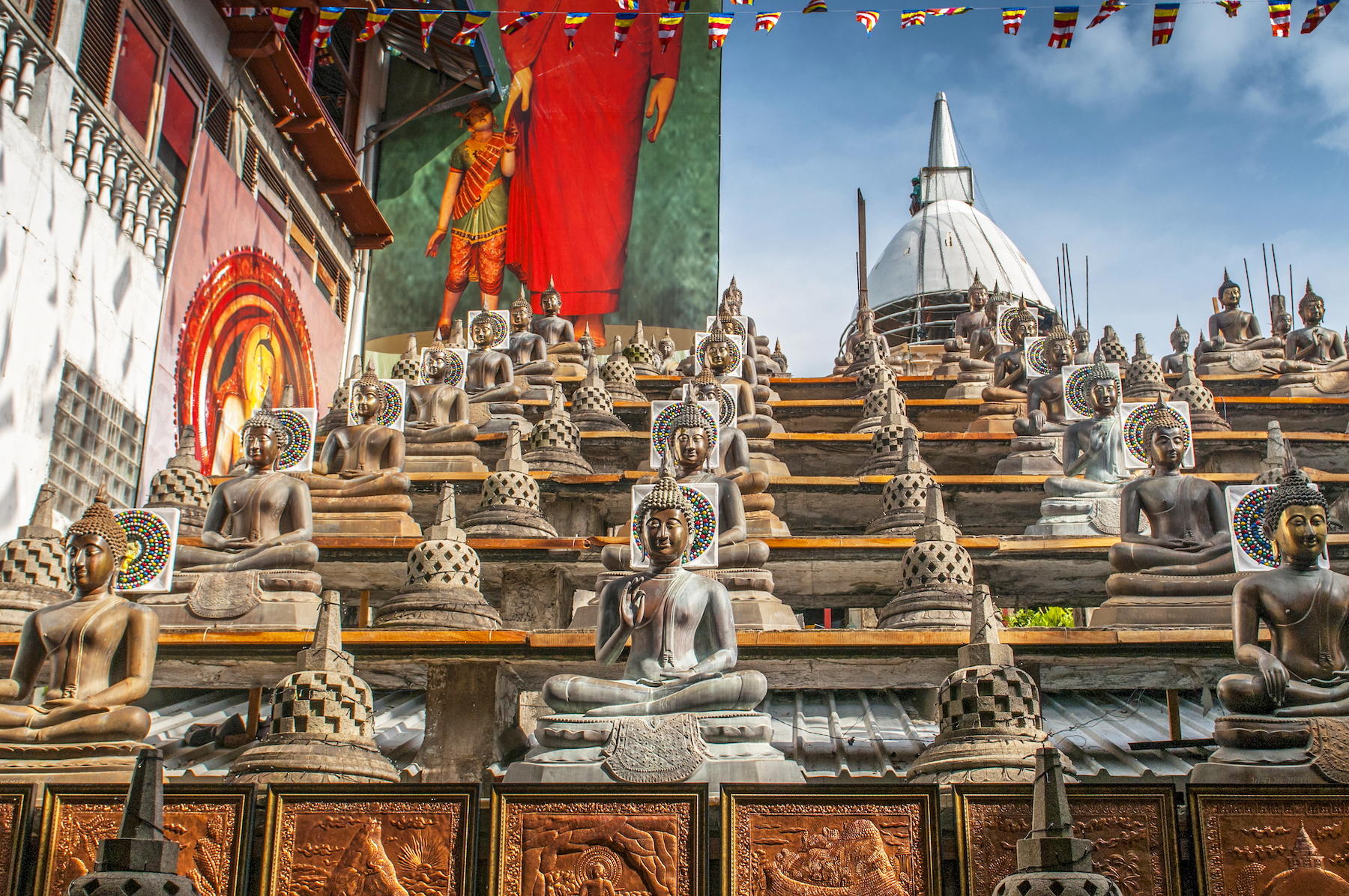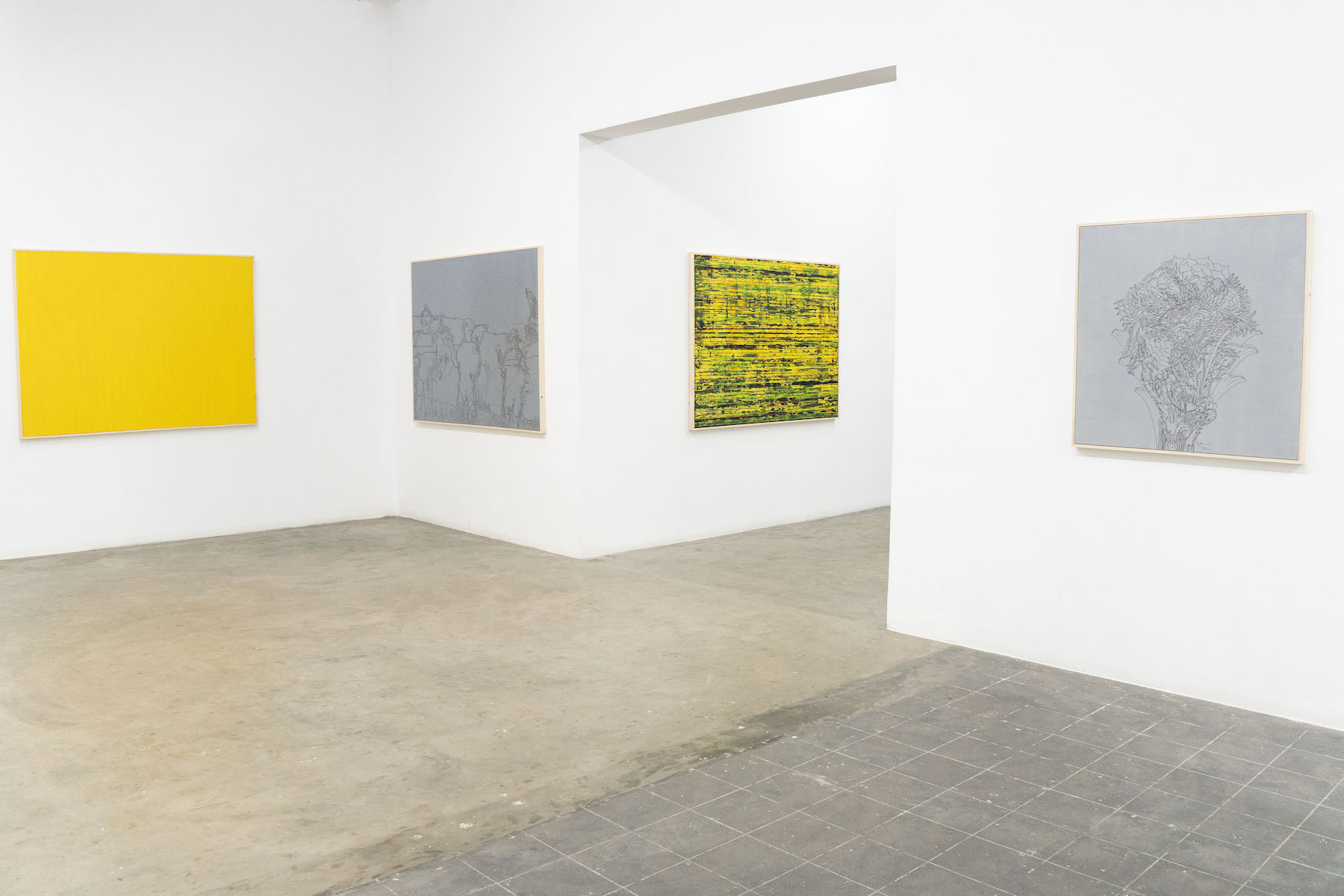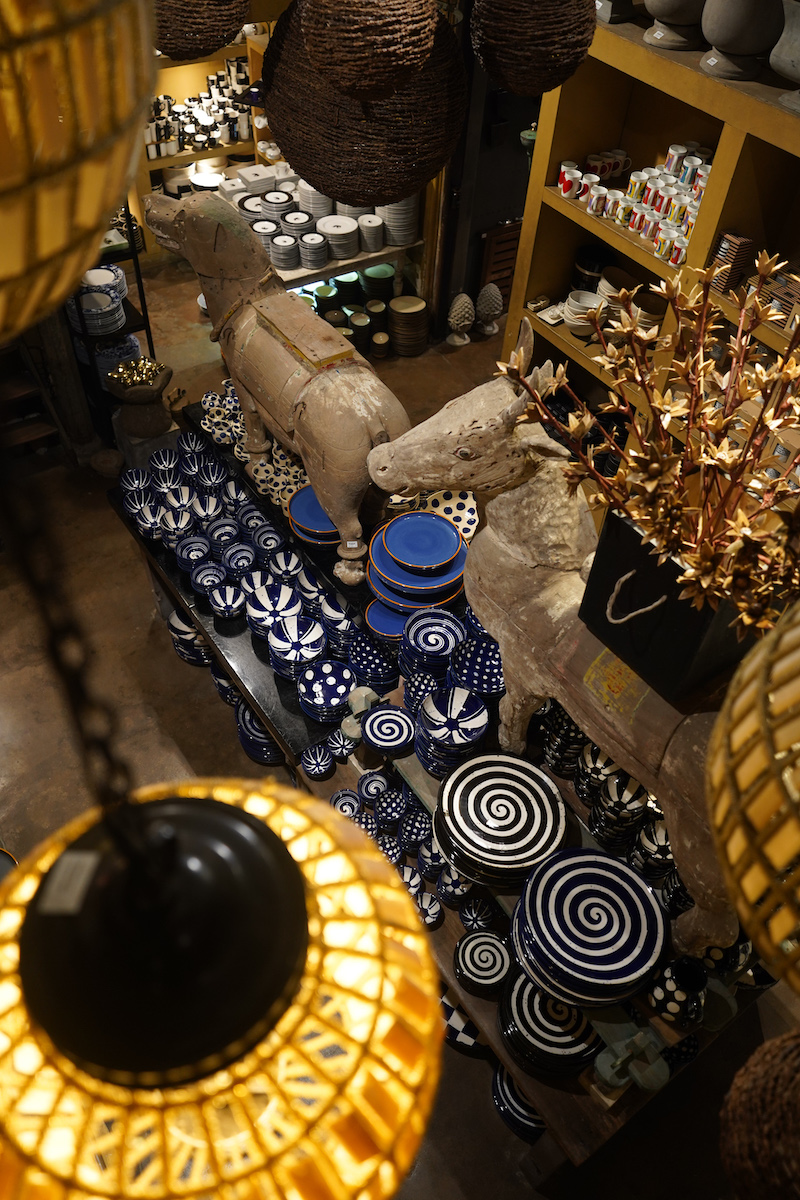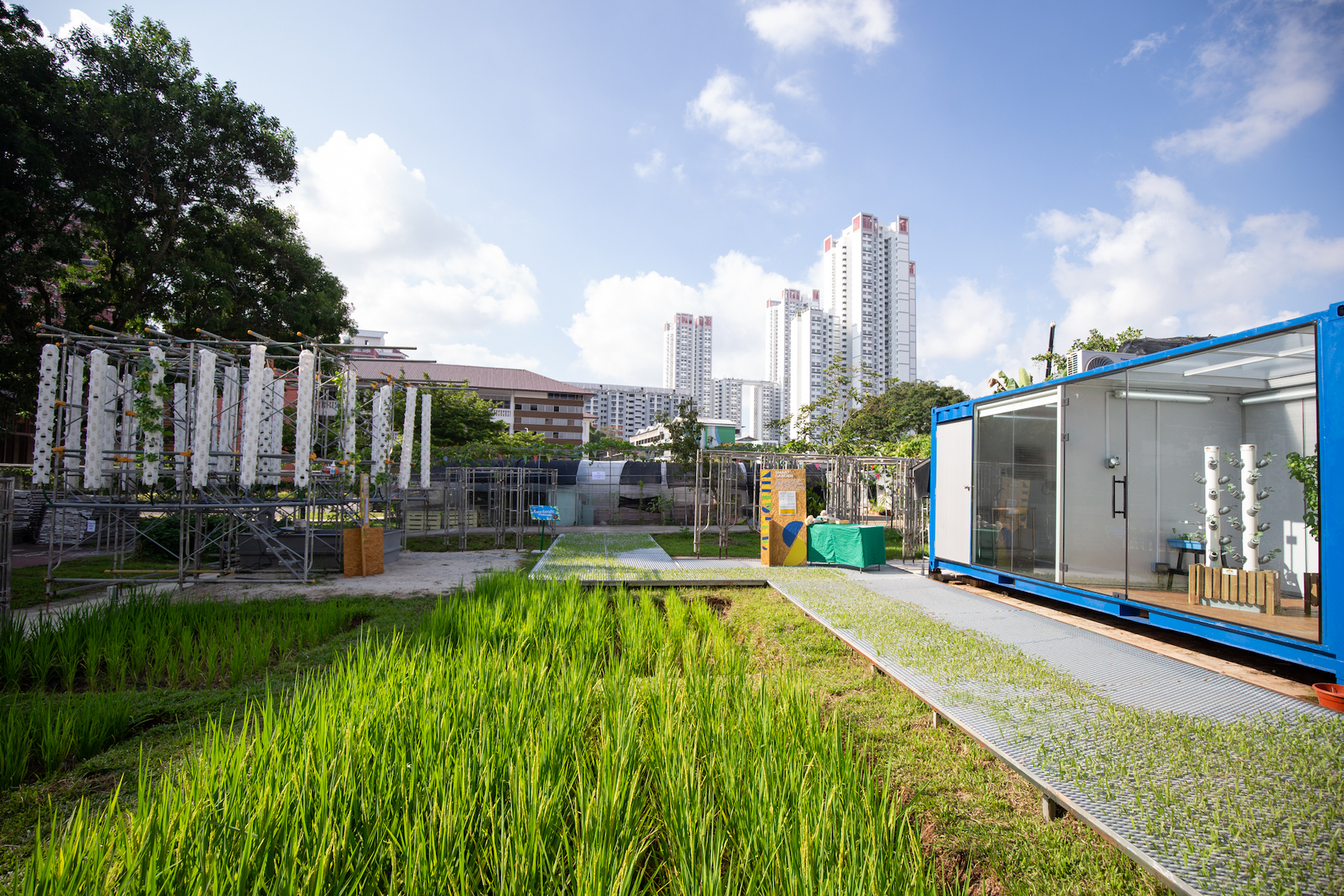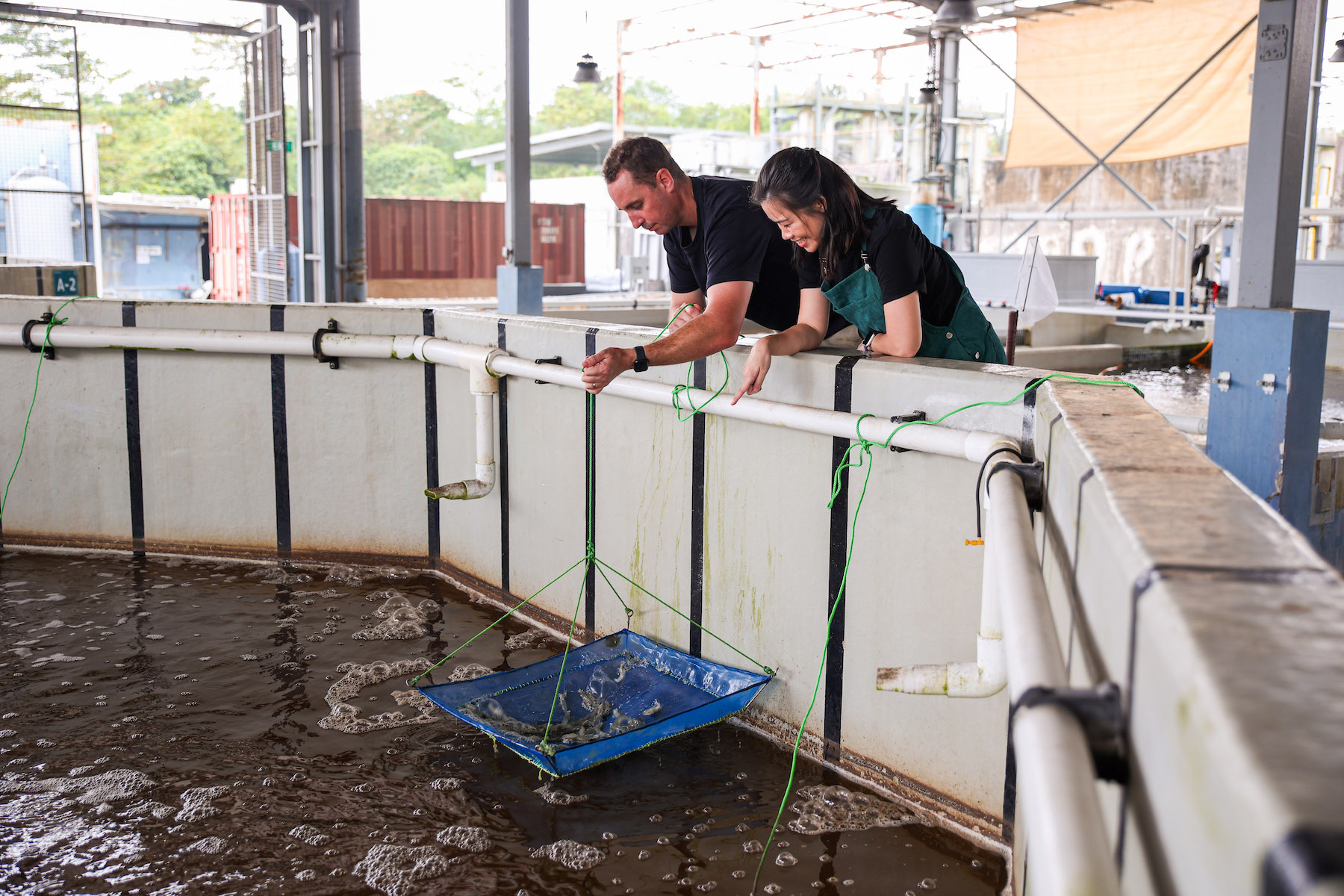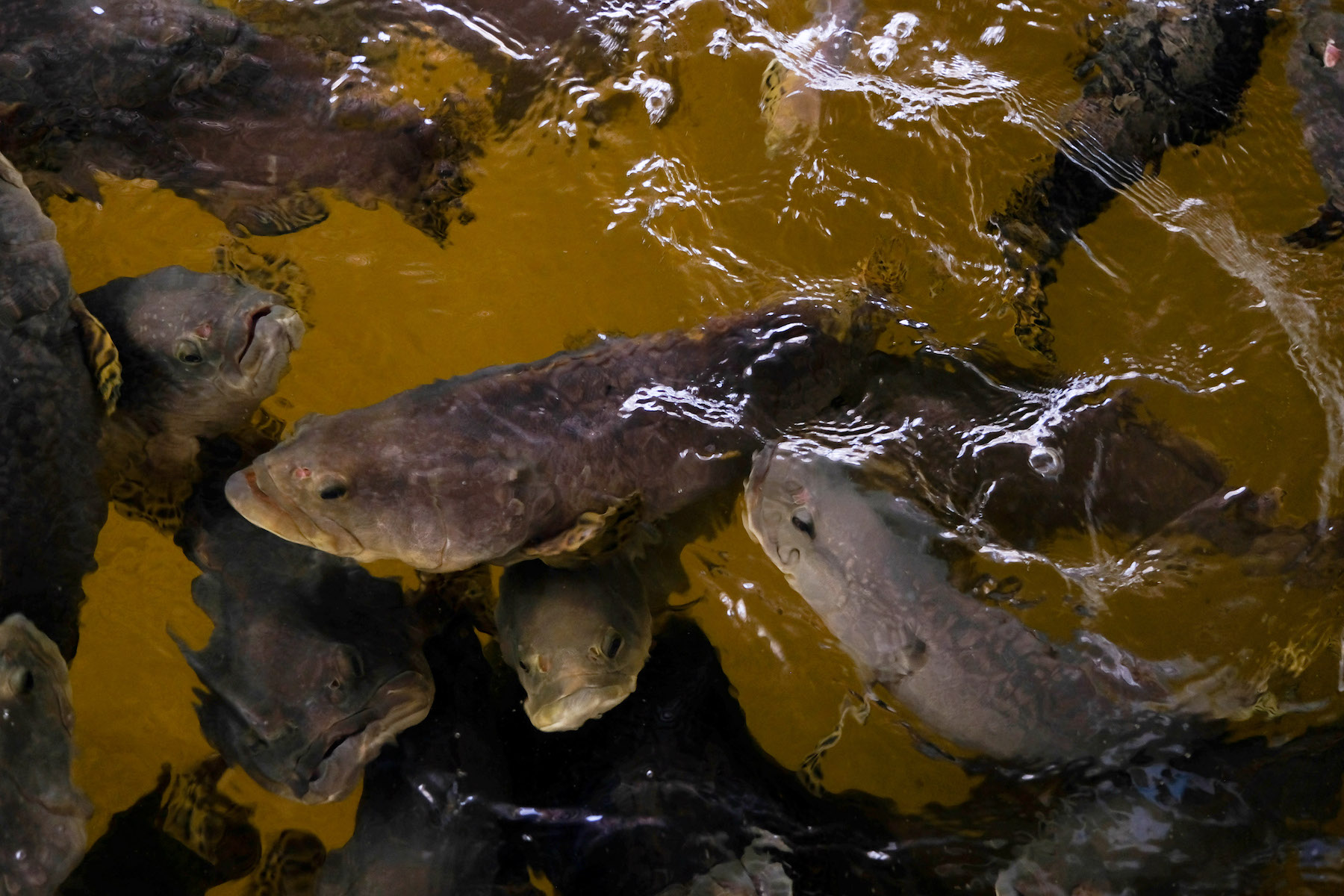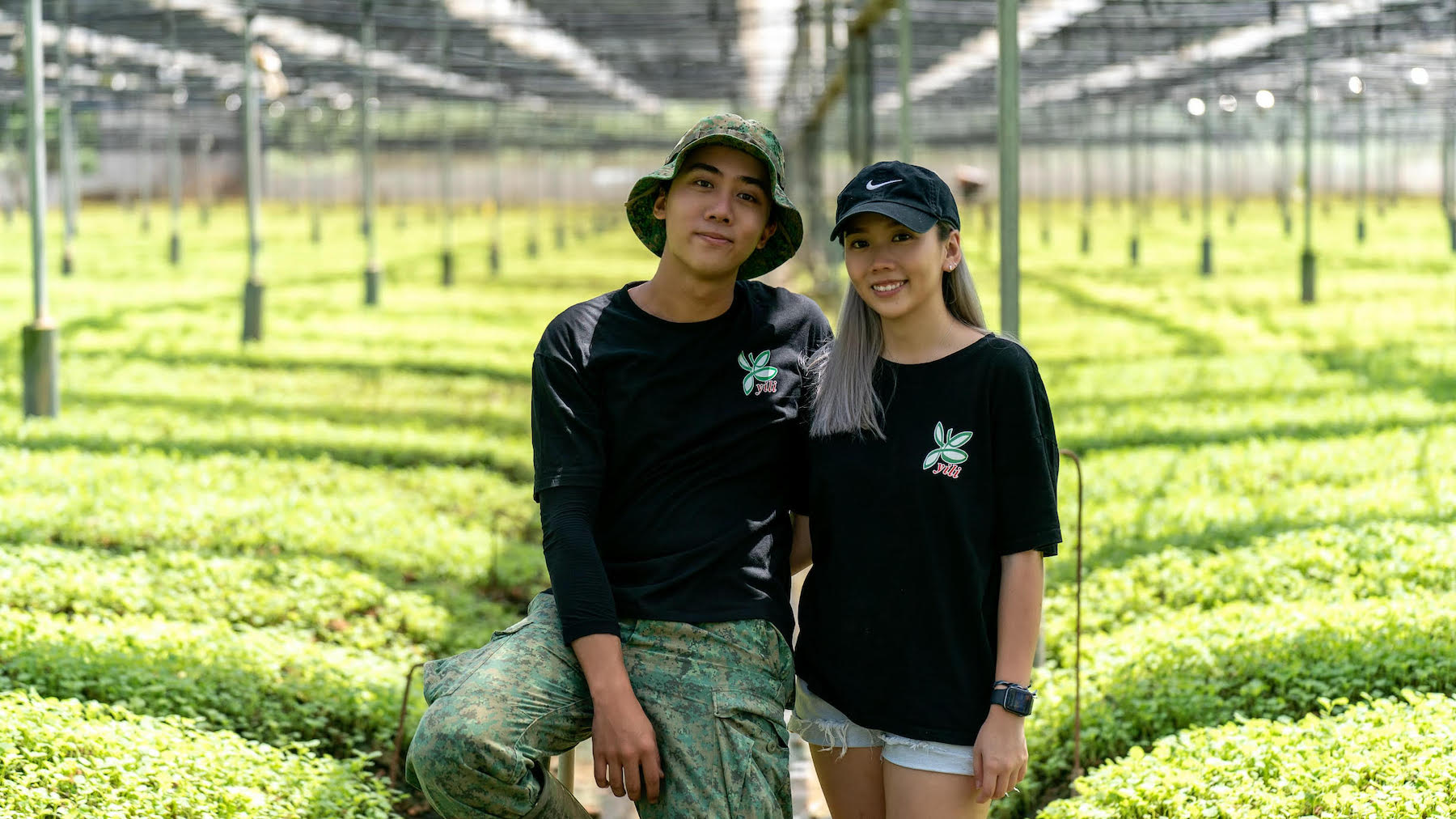Nestled between Singapore’s Central Business District and Chinatown, the eclectic Duxton neighbourhood is packed with some of the city’s most charming establishments. Along the foothills of the better-known and buzzing Duxton Hill lifestyle enclave, indie bookstores are sandwiched between low-rise heritage shophouses, while an antique furniture shop rubs shoulders with a beloved gelato store on Craig Road. Foodies are spoilt for choice with options such as African restaurant Kafe Utu, Latin-Indian izakaya Barood, British pub Lad & Dad and award-winning bar No Sleep Club.
Take in some of the best views in town from the rooftop gardens of luxe public housing project Pinnacle@Duxton (accessible to the public for a small fee of $6), or simply chill out in Duxton Plain Park for a green respite. And now that luxury boutique hotel Mondrian Singapore Duxton has opened, this district just became even cooler. Hear from four experts who live and work in the area about some of their favourite haunts.
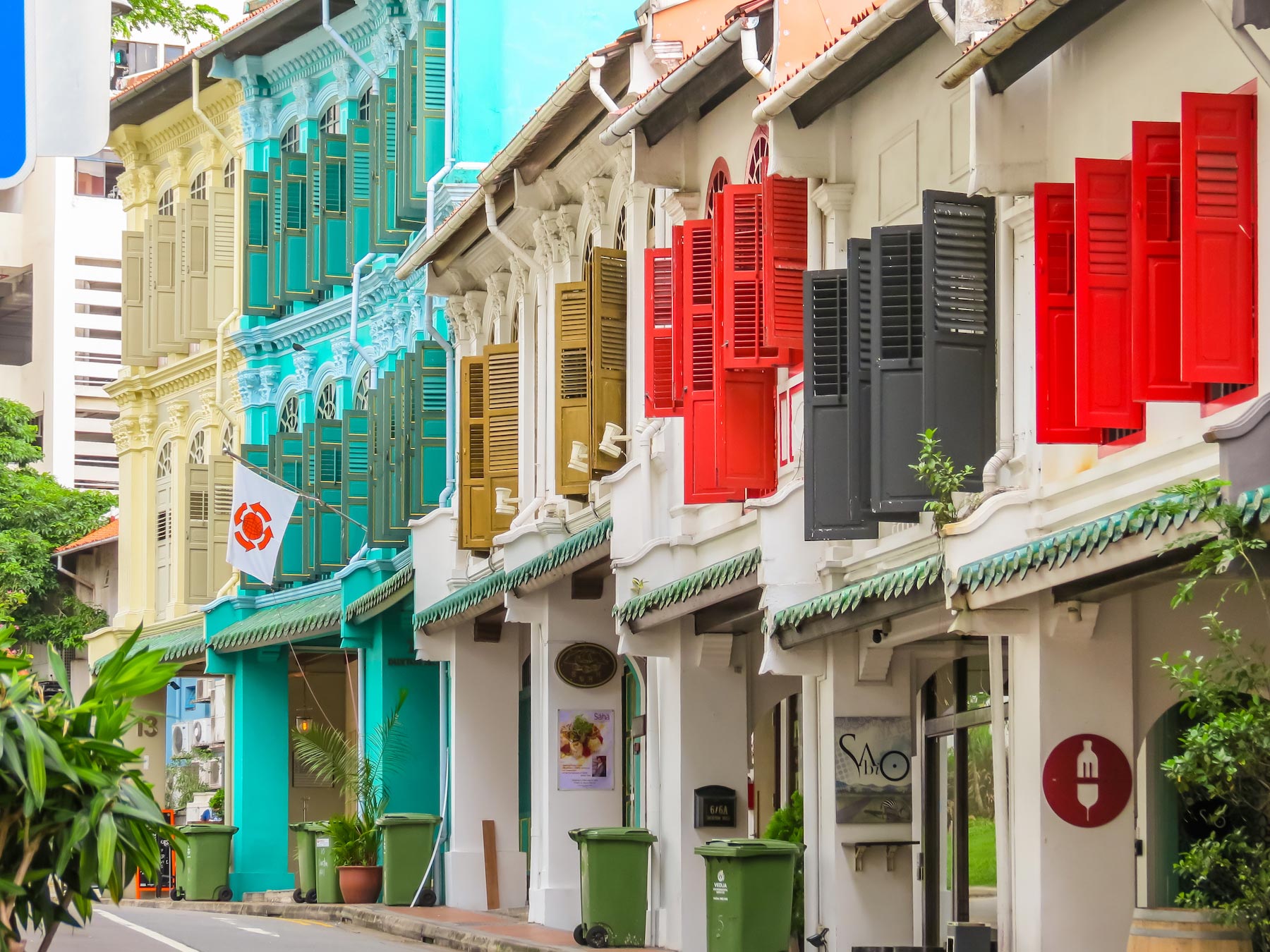
Jacqui Chan
Restaurant Manager, Christina’s
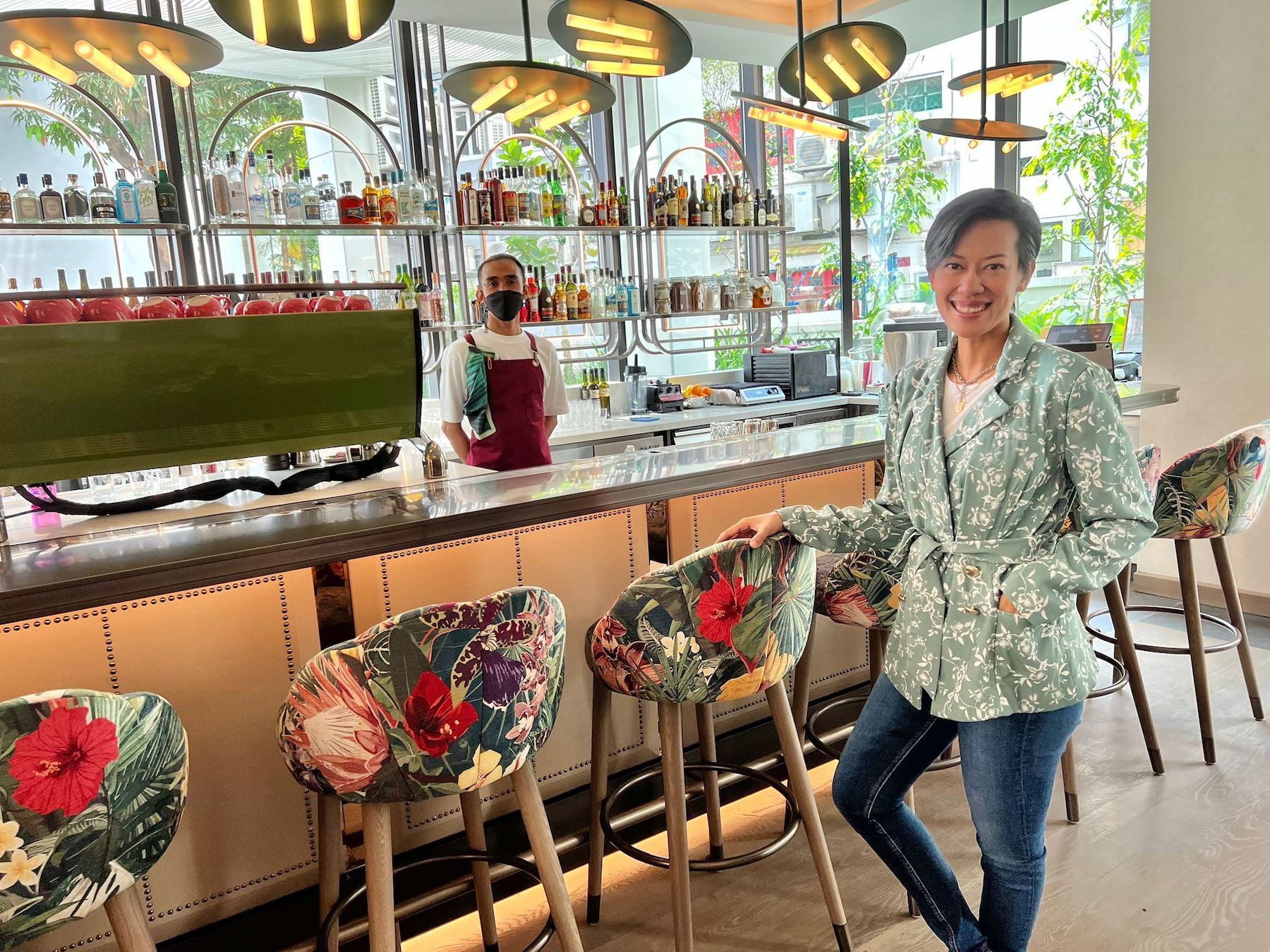
With its quirky floral bar stools and big windows, Christina’s is as welcoming by day as it is elegant by night. This all-day dining spot recently opened as part of luxury hotel Mondrian Singapore, and its drinks menu features an eclectic curation of local brands – such as Tiong Hoe Speciality Coffee and Antidote Juice – and natural wines.
The place is headed up by restaurant manager Jacqui Chan, whose varied career includes winning a SEA Games gold medal for synchronised swimming, flying as cabin crew for Singapore Airlines and co-founding a hostel chain.
“I enjoy new challenges, but my true calling is to provide excellent service,” she shares. “I love that Christina’s feels more like a casual neighbourhood bar, and that the DNA of my team is so playful. It’s just a great, unpretentious place for people to catch up.”
Outside of office hours, she can be found wolfing down handrolls at RAPPU, or sipping cocktails with friends at Japanese-inspired cocktail bar Live Twice. “I like citrusy drinks, so I usually get the Bee’s Knees or Southside Fizz,” says Chan. And, being the athlete that she is, she also attends cycling and boxing classes at the nearby CRU studio at least three times a week.
Isabella Teng
Artist
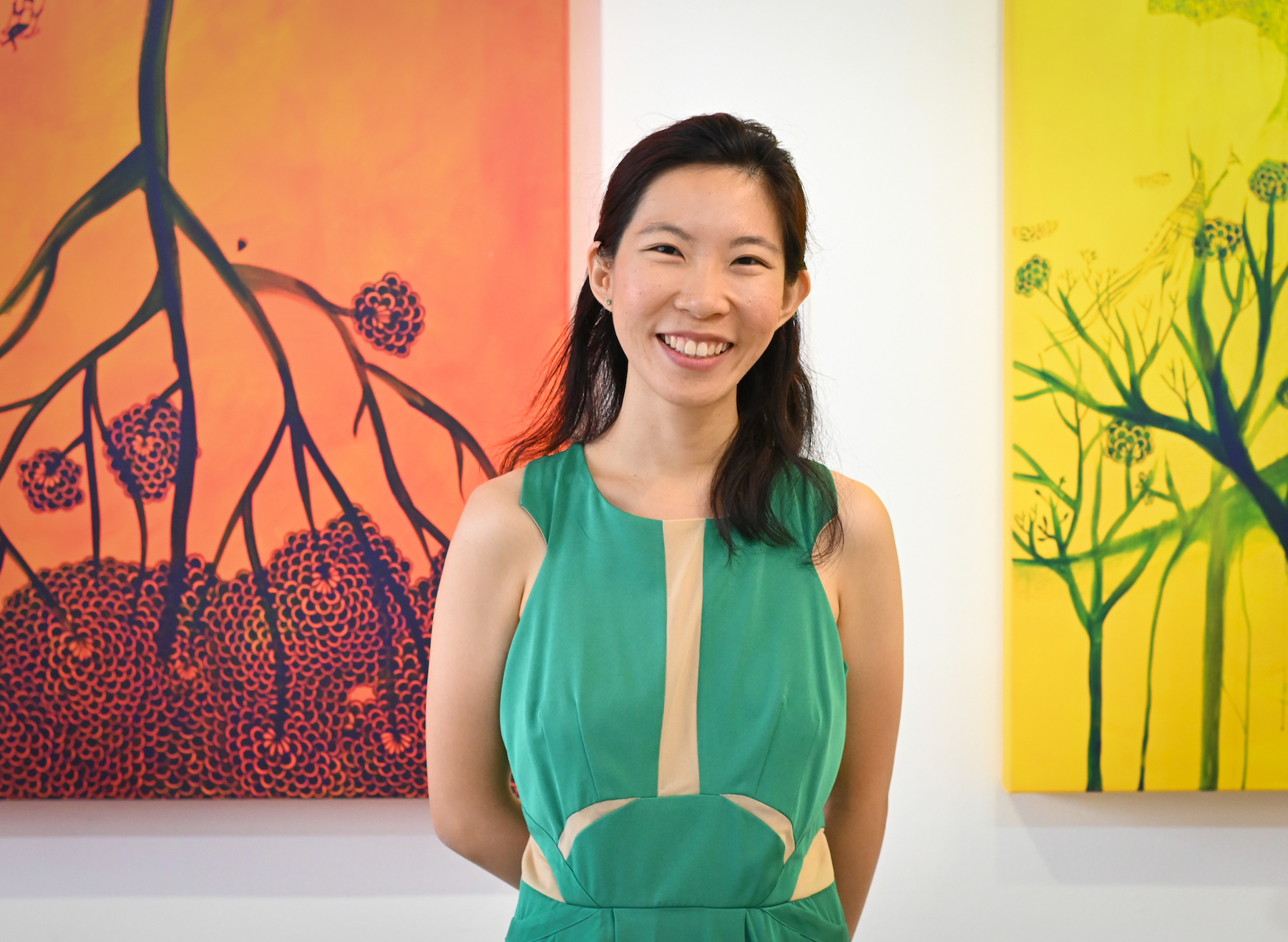
There are already plenty of reasons to explore Duxton Hill, but the Singapore Art Museum (SAM) just gave us another with its public art trail titled “Port/traits of Tanjong Pagar”. One of the featured works is Little Islands, a series of murals at Tanjong Pagar Plaza by Isabella Teng that offers different interpretations of island life in Singapore.
“I was very intrigued by Tanjong Pagar Plaza’s unique position as a 1970s-80s public housing project surrounded by more modern developments,” says Teng. “I was also inspired by the fact that the beach used to be much closer to Tanjong Pagar, before the land reclamation projects of the past century. For Little Islands, I wanted to bring the beach back for residents to enjoy as a peaceful oasis amidst the bustle of the city.”
Over the two months that she spent making the work, Teng got to know many of the area’s residents, and discovered some local joints. As a vegan, she recommends The Salad Corner and Peranakan-Thai restaurant Whole Earth. She also points out that SAM is a mere 15-minute walk away at Tanjong Pagar Distripark, where contemporary fine art galleries like Gajah Gallery and 39+ Art Space are also housed.
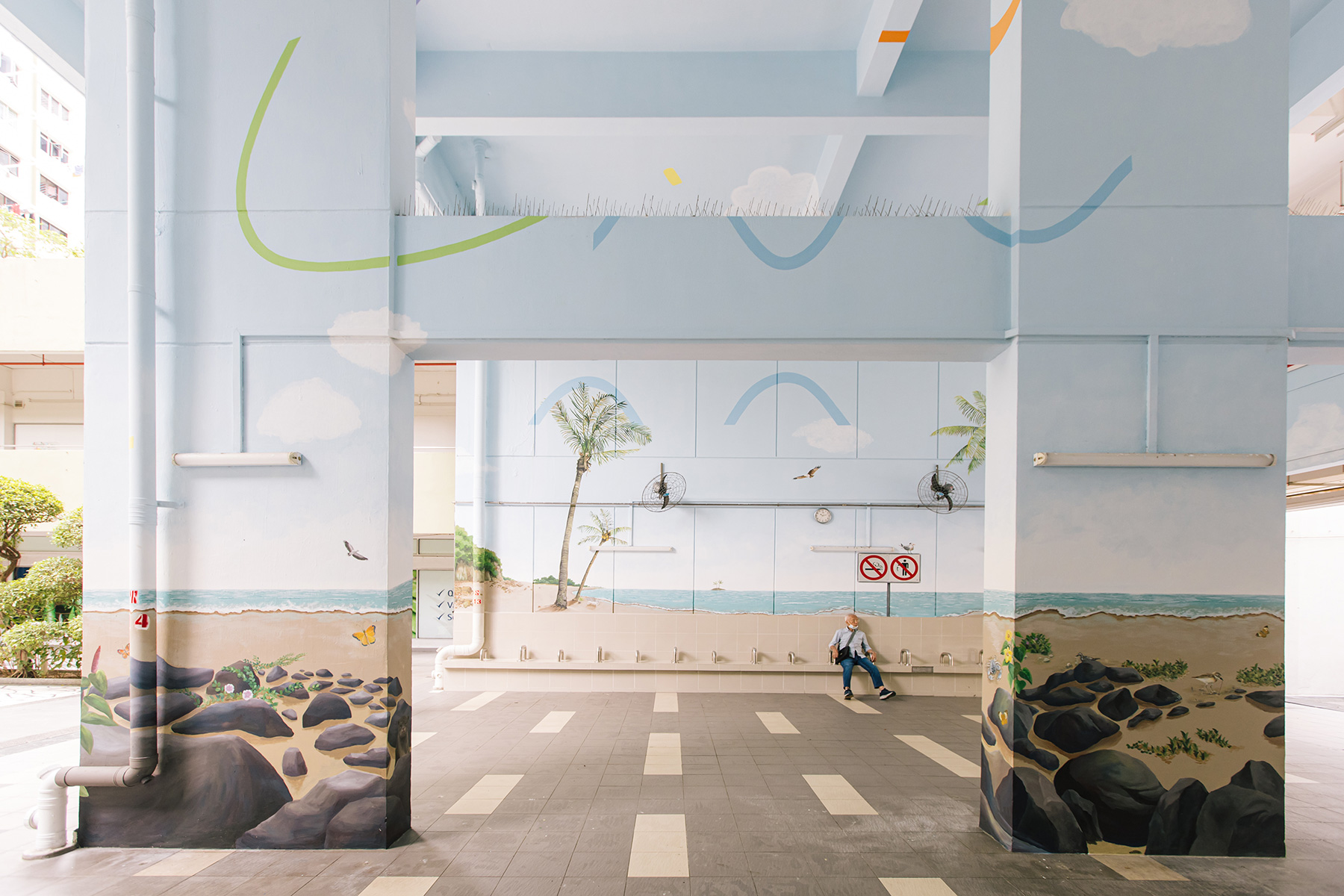
Uncle Keng
Owner, Tong Mern Sern
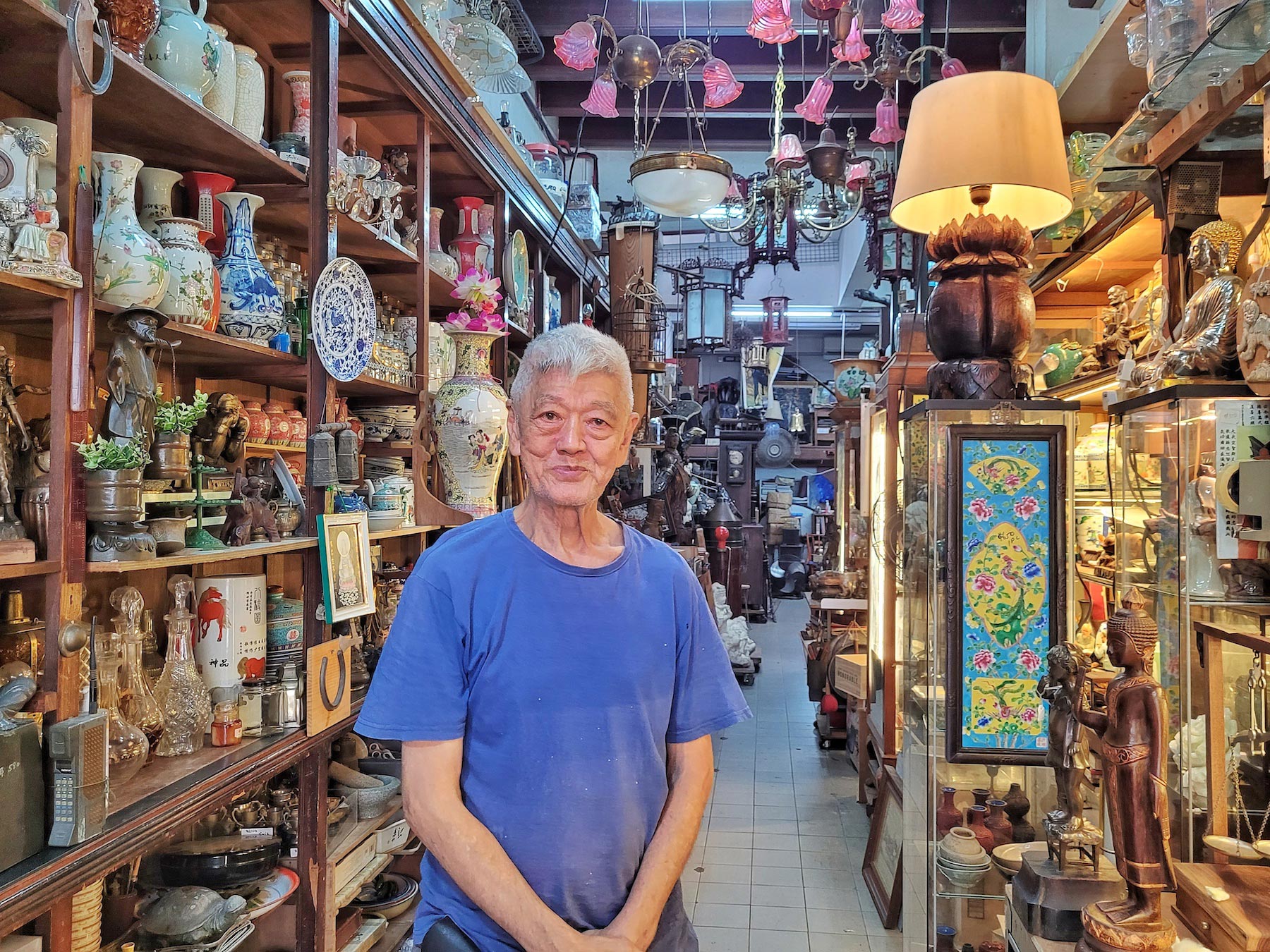
“We buy junk and sell antiques. Some fools buy, some fools sell,” declares the faded yellow banner outside Tong Mern Sern. Tucked along a row of chic establishments – including newly-opened burger joint The Bank – Uncle Keng’s antique shop stands out like a time capsule. Every nook and cranny of the three-storey shophouse is stuffed with curiosities, from mooncake moulds to traditional ink paintings. A camera obscura sits quietly on the top floor, awaiting to be discovered.
“I always say, if you don’t want something, it’s garbage. But if you want it, it’s treasure,” says the 78-year-old Uncle Keng. “I always used to collect all kinds of rubbish when I was small. So now I just do what I like. Make so much money, for what?”
While Uncle Keng lives nearby and is friendly with most of his neighbours, he makes a brusque wave of the hand when asked about food recommendations, saying that he brings his own lunch every day. But when you do pay his treasure hut a visit, make sure you try a thyme-infused ice cream cone from Birds of Paradise next door, and check out local artist SKL0’s show-stopping mural, Community, located behind Shake Shack just up the road.
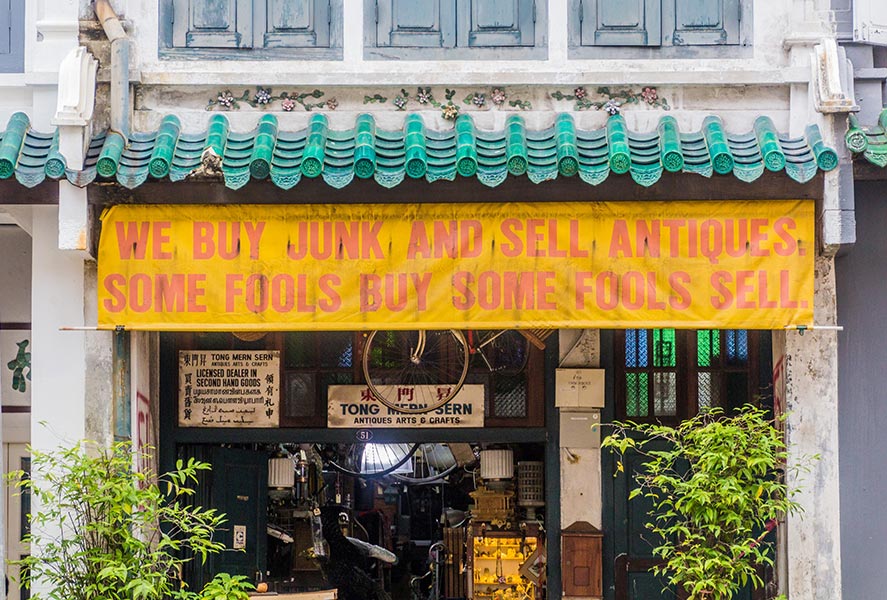
Liu Weiqi
Sales Assistant, Grassroots Book Room

Tucked away down Bukit Pasoh Road, Grassroots Book Room is the kind of cosy independent bookstore that rekindles your sense of wonder. Its shelves are lined with both Chinese and English titles, covering topics as diverse as politics, philosophy, and poetry. The cafe at the back of the shop also makes for a lovely nook to while away an afternoon.
“My favourite part about working here is engaging with readers who share a passion for writing,” says Liu Weiqi, who has been a bookseller there for three years. “The books, music and the aroma of coffee also makes this a nice place to find peace and calm.”
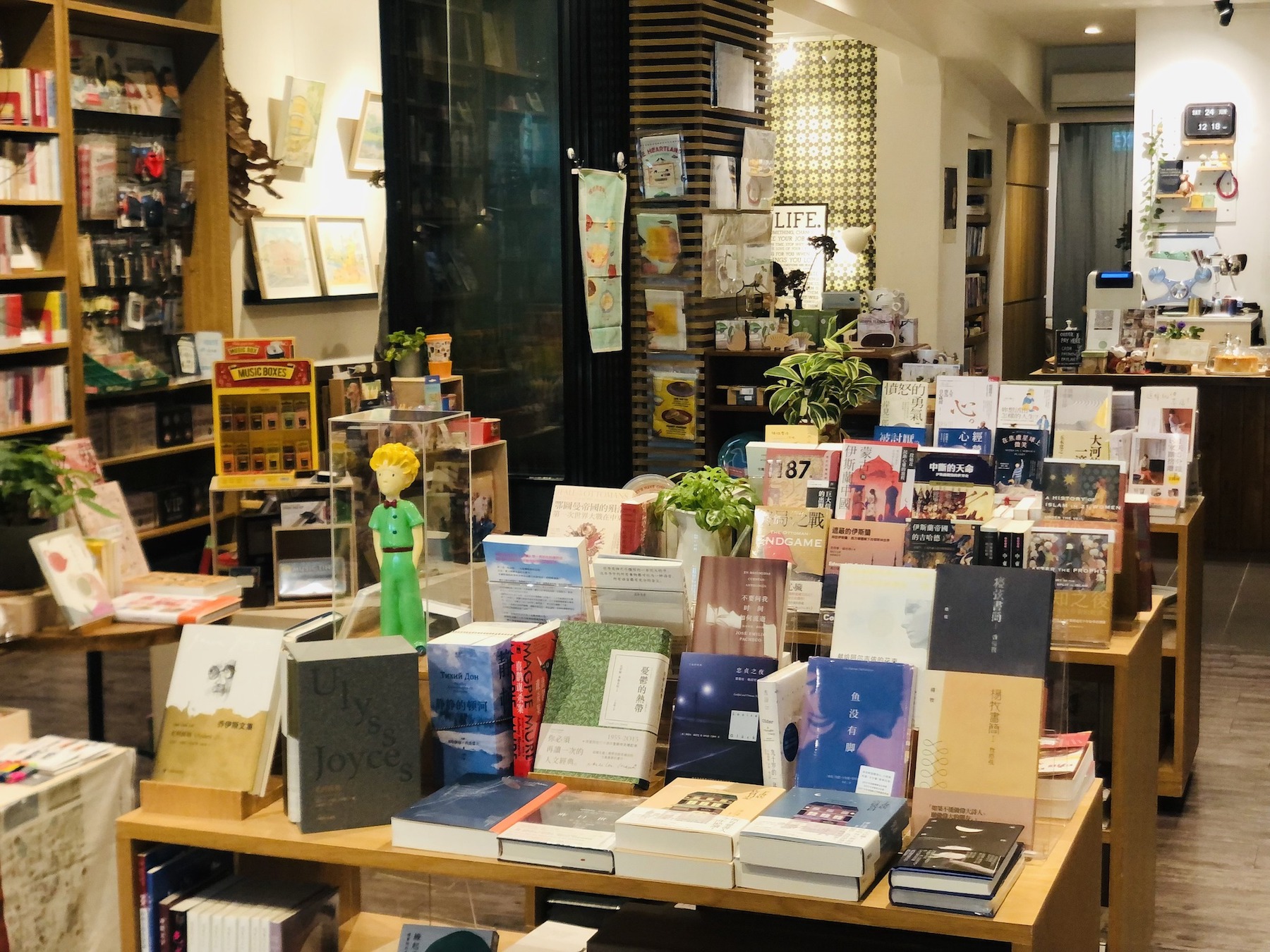
Liu is friendly with Ee Hoe Hean Club, the historic members-only social club for millionaires located just next door, as they consign magazines to Grassroots for sale. For something a bit more accessible, he recommends the coffee shop at 120 Neil Road. “I usually order the chicken rice or the soup bak chor mee at Soon Heng Pork Noodles – it’s a must try!”
Soon Heng Pork Noodles are also available onboard selected Singapore Airlines flights. Find out more here.
To learn more about Singapore Airlines’ flight service to Singapore, visit the official website.
The post Meet the Neighbours: Duxton, Singapore appeared first on SilverKris.
from SilverKris
